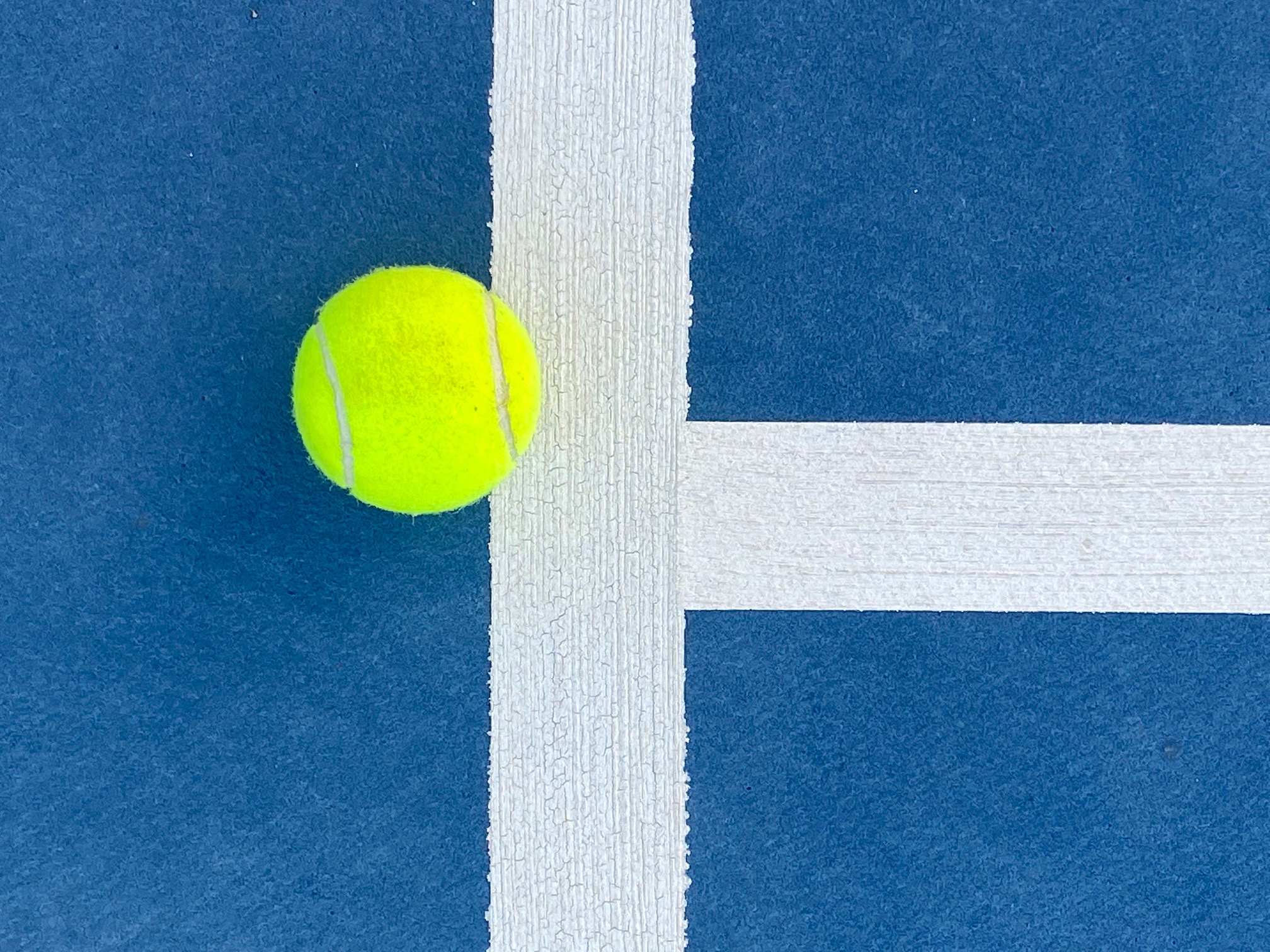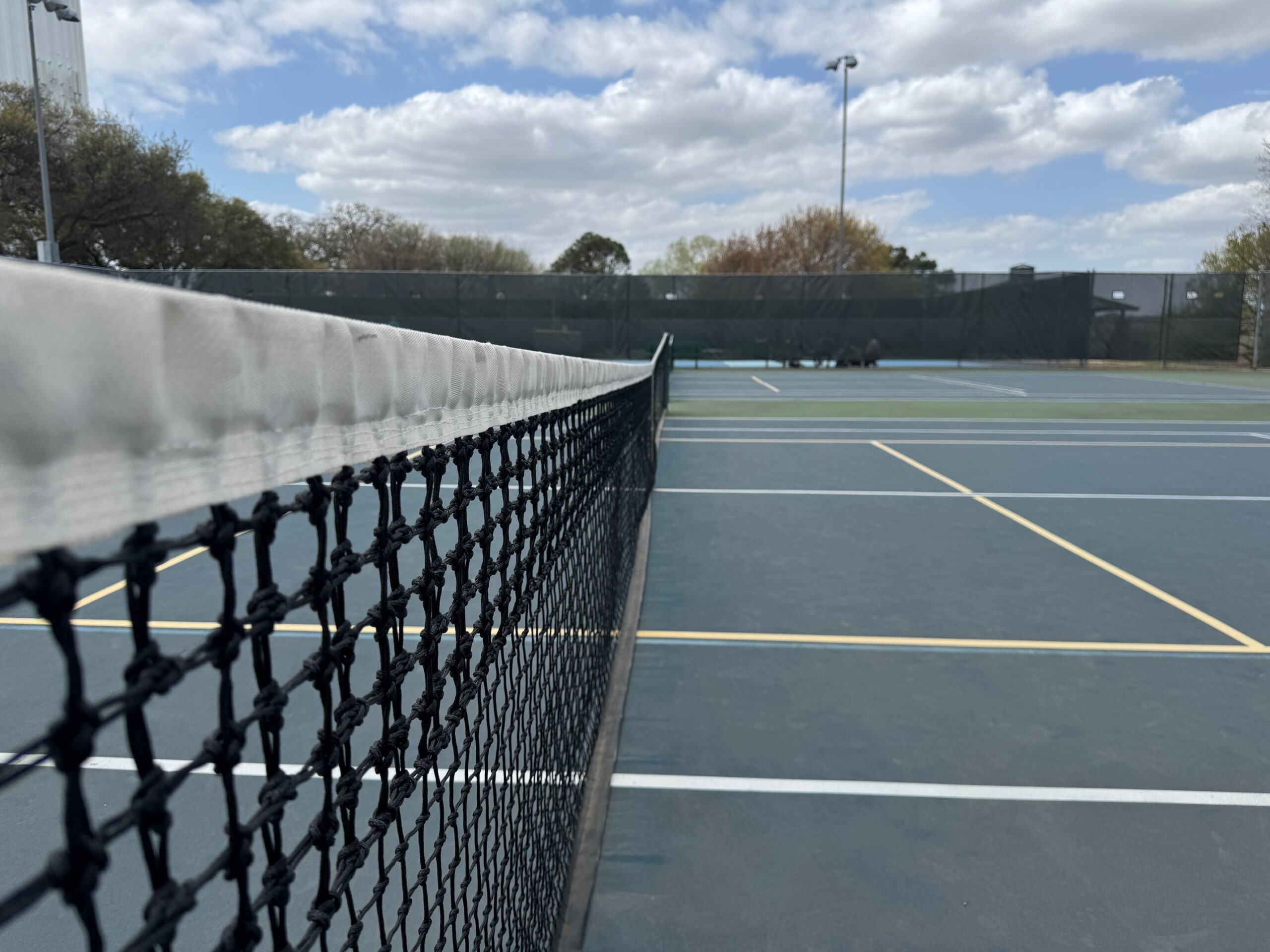Fiend at Court Unplugged
USTA tennis tournaments are played under a 7 tier unified framework. As previously discussed on this site, unification between the Adult and Junior system pretty much stops past the description that the framework has 7 tiers. The USTA tournament regulations that govern Adult and Junior play are separate and distinctly different documents. There is also divergence between Adult age group tennis and the Adult NTRP tournament system even though they co-exist within the same regulations. When NTRP tournaments were layered in to the existing Adult age group open system, it created a square peg and round hole situation.
It is important to understand that the 7 tier tournament framework is fundamentally a competitive pathway. To see that fully in action, the best example is the way USTA Junior tennis works. Anyone can enter a Junior Level 1 tournament, but the draws are capped to a maximum size. For example, at the Boys 18 National Indoor Level 1 in 2021, the draw size was capped at 64. In addition to the 64 who were selected to play, there were 65 boys on the “Alternates” list and 38 others who withdrew at some point in the selection process. In other words, the entries were more than double the number of slots.
For the Juniors, the selection criteria varies per tournament, but it essentially cascades through things like placement on the National Standing List, Automatic acceptance for reaching the finals of specified Level 2 tournaments, Sectional quotas, and Wildcards. It is a complicated system because participation is high and slots for players are significantly below the number of players that aspire to play the Level 1 events. Selection is restrictive at the upper tiers in the system.
The Level 1 tournaments are the pinnacle of the competitive pathway within the an age restricted open framework. Players have to demonstrate a level of performance on the lower tiers to advance through the system. The competitors at each tier are better and stronger than the field that generally is admitted to lower level tournaments within the framework.
The NTRP system is incompatible with a competitive pathway because it is an alternate model of competition. The NTRP algorithm constrains players in competitive tiers where each match is theoretically even. If a player becomes dominant in NTRP competition it is because the player has started to play above level. In the NTRP system, there is no need to gather players who are playing above level together for a “National Championship.” The way that situation is supposed to be handled under NTRP is to advance the players up to the next NTRP level.
Melding a system that was designed to group players at a single competitive tier with a competitive pathway that groups players players based on open performance is fundamentally incompatible. When the USTA decided to conduct an NTRP National Championship and award “Level 1” ranking points, it revealed the absurdity of what is already a broken situation.
The competitive pathway for Adult age group open tennis is broken by declining participation unmitigated by any apparent USTA concern over many many years. The overlay of a National system for ranking players at each NTRP tier has created more problems and distractions than it has solved.
Unfortunately the USTA is likely to remain committed to conducting a NTRP National Championship because doing so is an assumed component of any good tennis programming mechanism within the organization. The UTSA is culturally unable to perceive otherwise. It is simply not a windmill worthy of the time I have spent tilting at it.
However, tomorrow I will detail one very real problem that a Level 1 NTRP National Championship has created and the best way to keep that mechanism intact without doing further damage to the tennis ecosystem.



